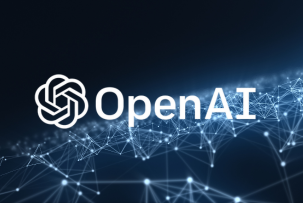Breakthrough in Microelectronics: MIT Has Learned How to Combine Gallium Nitride Chips With Silicon
12:50, 26.06.2025
Researchers at the Massachusetts Institute of Technology (MIT) have presented an innovative way to combine gallium nitride transistors with traditional silicon chips. The new method could form the basis for the high-speed electronics of the future, from smartphones to quantum computers.
Why Gallium Nitride is the Material of the Future
Gallium nitride (GaN) is a promising semiconductor material capable of operating at high frequencies and in extreme temperatures. It has long been considered a replacement for silicon, especially in power electronics and next-generation communications systems. However, the high cost and complexity of production have hindered the widespread adoption of GaN.
How MIT Solved the Scalability Problem
MIT engineers have developed a method for integrating millions of miniature GaN transistors with silicon chips inexpensively and safely. The key element of the technology is the precise cutting of transistors with a laser and their transfer to silicon using low-temperature assembly. This eliminates overheating and damage to materials, as well as reducing costs.
A Revolution in Electronics: From Smartphones to Quantum Devices
The technology has already enabled the creation of miniature power amplifiers for radio signals — a critical component for mobile communications. Such hybrid chips provide better signal amplification, more stable communication, and energy savings.
In addition, gallium nitride shows high stability at low temperatures, making it an excellent candidate for quantum computing and other high-tech applications.
Researchers' Comments
“We have combined the best of silicon with the outstanding capabilities of gallium nitride. This could radically change the microelectronics market,” said lead author Pradip Yadav, a PhD student at MIT.


